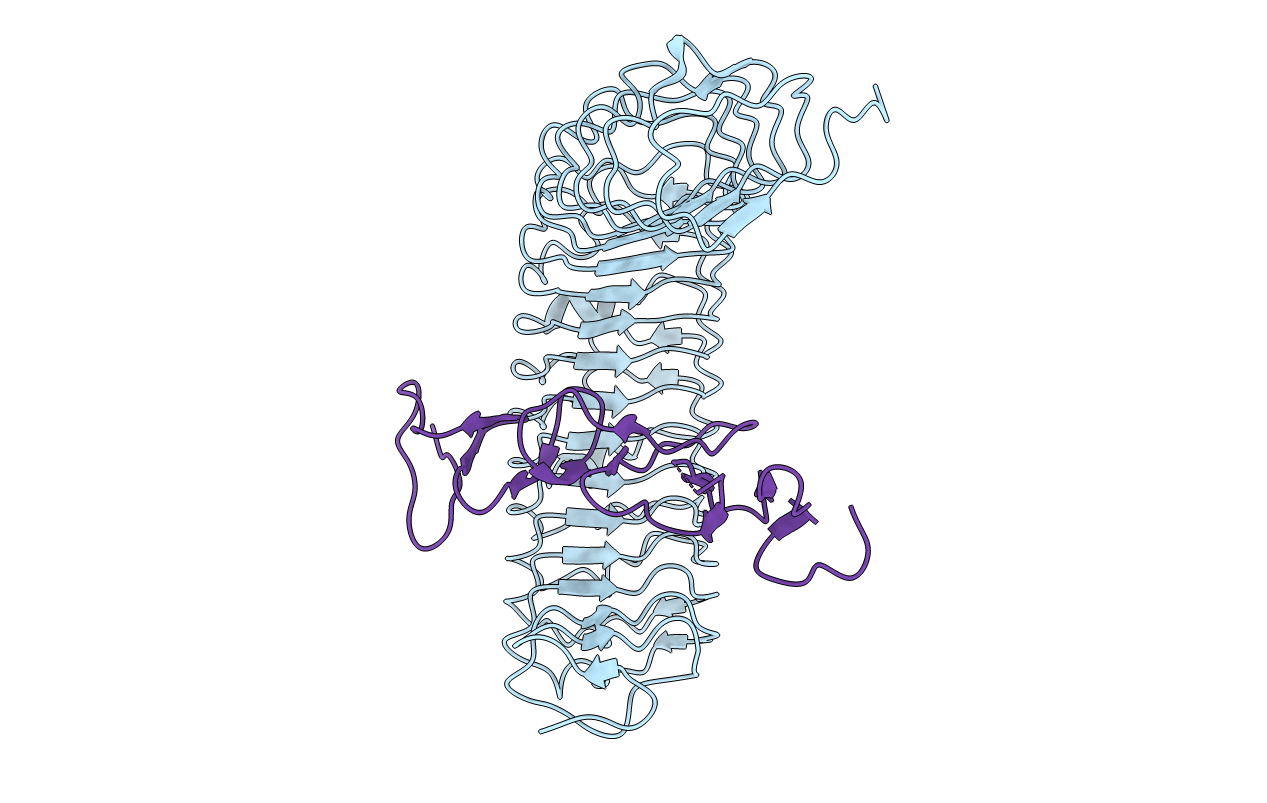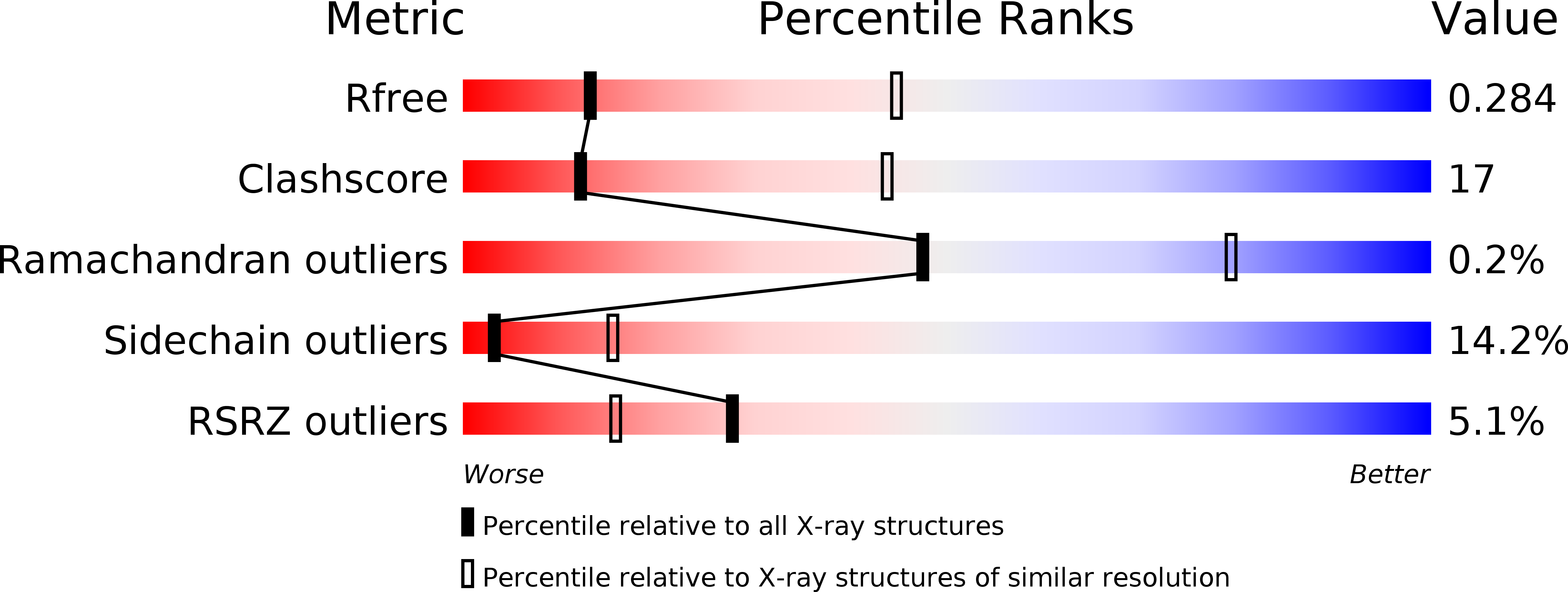
Deposition Date
2013-07-02
Release Date
2013-08-07
Last Version Date
2024-10-30
Entry Detail
PDB ID:
4LI2
Keywords:
Title:
Crystal Structures of Lgr4 and its complex with R-spondin1
Biological Source:
Source Organism:
Xenopus (Silurana) tropicalis (Taxon ID: 8364)
Homo sapiens (Taxon ID: 9606)
Homo sapiens (Taxon ID: 9606)
Host Organism:
Method Details:
Experimental Method:
Resolution:
3.19 Å
R-Value Free:
0.28
R-Value Work:
0.22
R-Value Observed:
0.23
Space Group:
C 2 2 21


